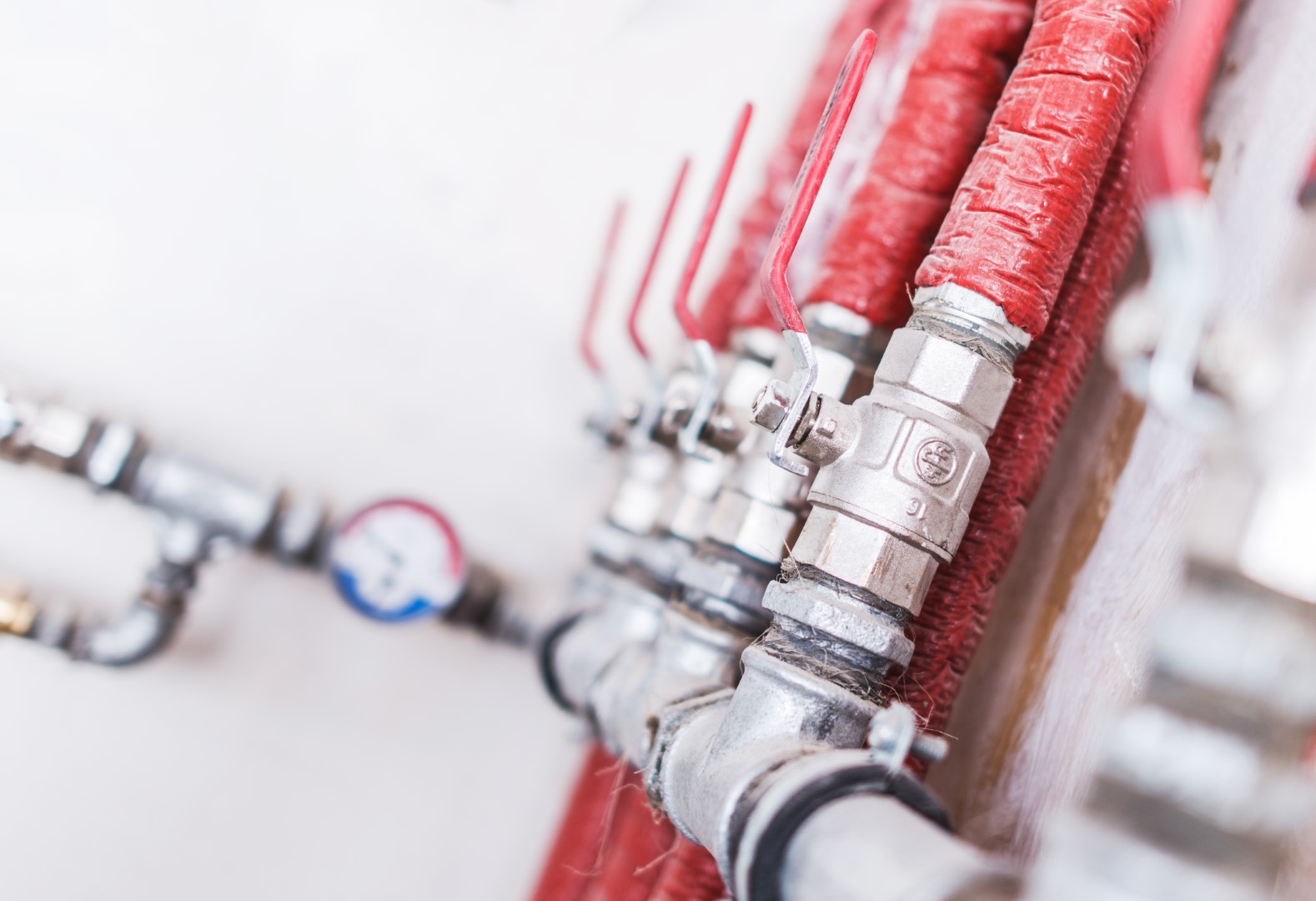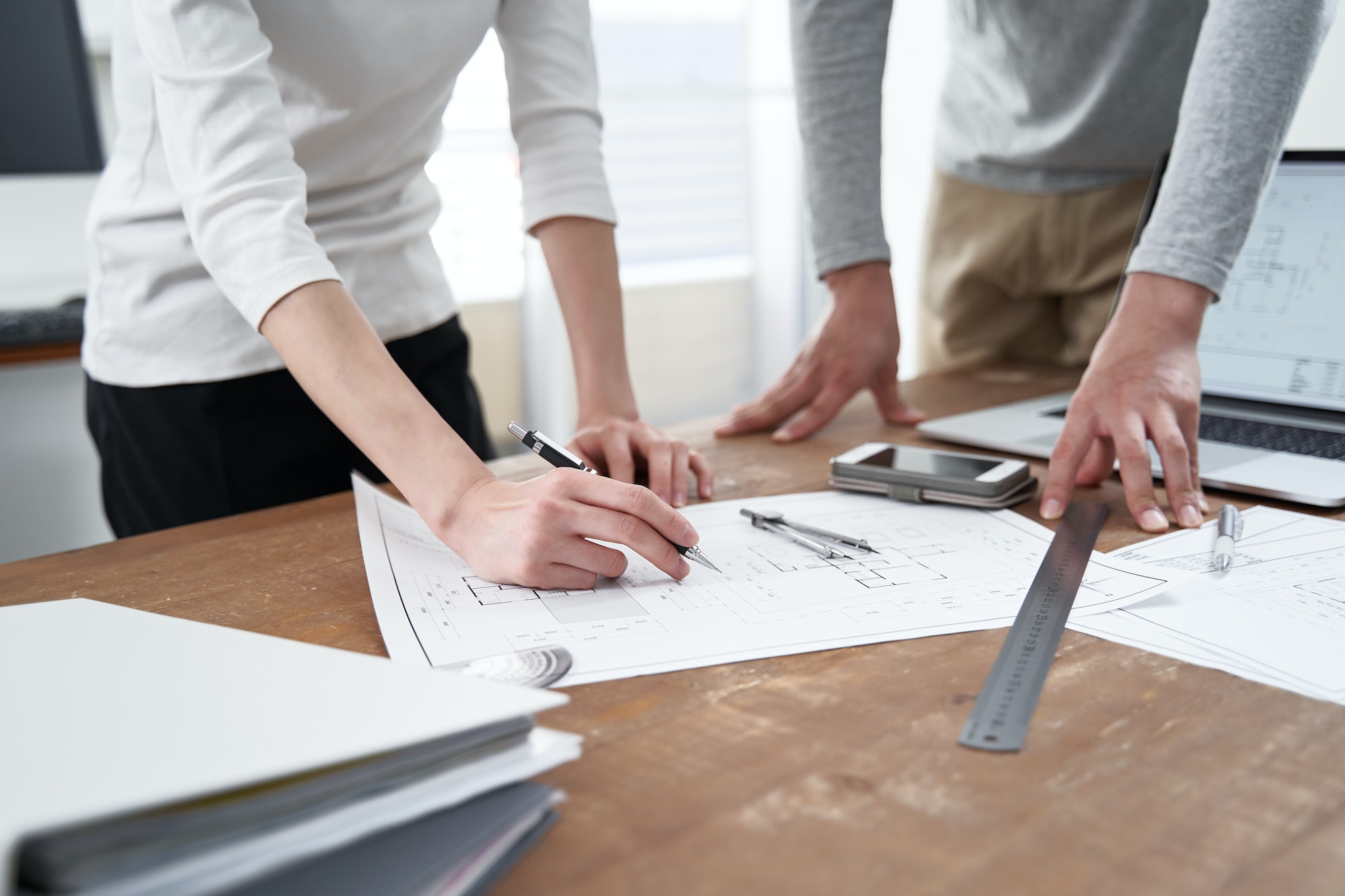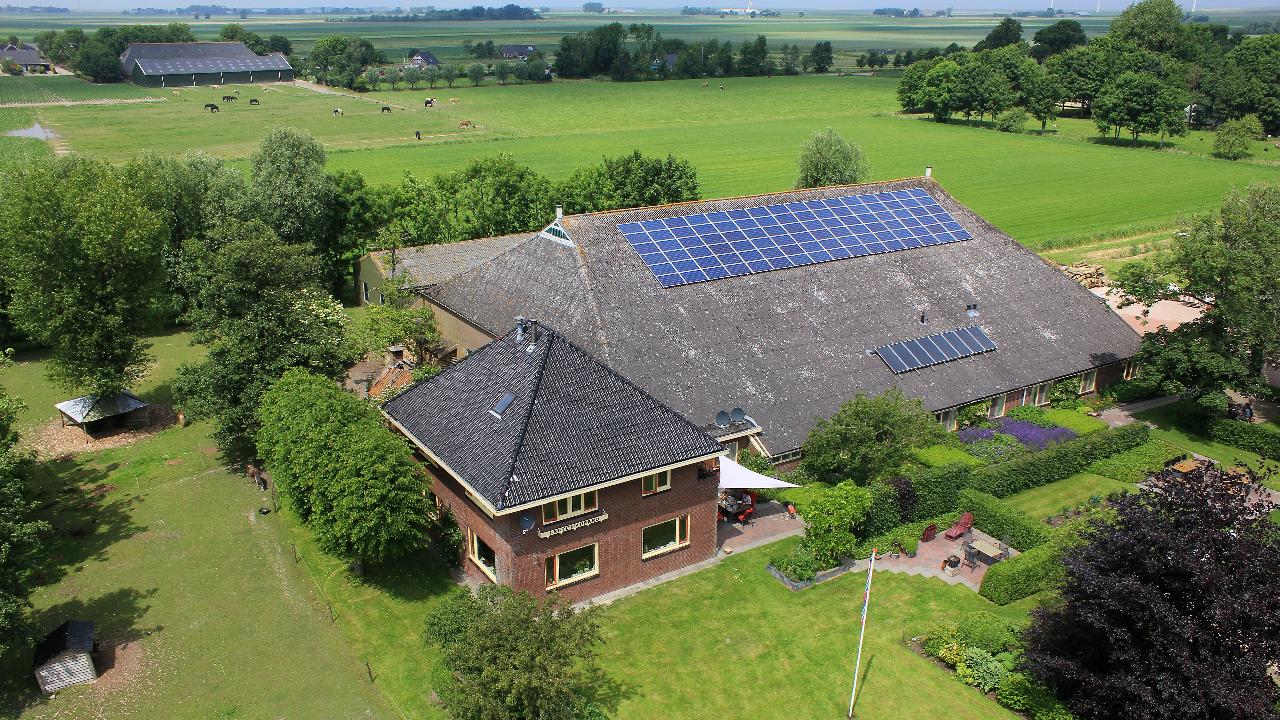Maintaining your home’s plumbing system is crucial to ensure functionality, prevent major repairs, and save money on unexpected breakdowns. A little preventative care can go a long way in keeping your plumbing in top shape. This comprehensive guide offers a detailed checklist for homeowners who want to take proactive steps in maintaining their plumbing system. Regularly following these steps not only keeps water flowing smoothly but also extends the lifespan of your plumbing components. Dive into this essential plumbing maintenance checklist to protect your home from leaks, bursts, and blockages, ensuring peace of mind all year round.
1. Inspect for Leaks Regularly
Start your plumbing maintenance with a thorough inspection for any leaks. Check all exposed pipes, particularly under sinks and around toilets, for signs of moisture or dripping. Don’t overlook less visible areas such as basements and crawl spaces. A small leak can quickly escalate, leading to water damage and costly repairs. If you spot any signs of water, address them immediately to prevent further issues. Early detection is key to managing potential problems before they become severe.
2. Maintain Your Water Heater
Your water heater demands regular attention to operate efficiently. At least once a year, drain and flush the tank to remove sediment build-up, which can affect performance and longevity. This is also a good time to check the pressure relief valve to ensure it’s operating correctly—this is critical for safety and function. If you encounter issues or suspect the need for water heater repair, consult a professional to address these problems promptly. Proper maintenance not only extends the life of your water heater but also improves energy efficiency.
3. Care for Your Drains
Preventing clogs is easier than dealing with them. Avoid flushing non-degradable items down the toilet, such as wipes and feminine hygiene products. In the kitchen, keep fats, oils, and food scraps out of drains. Use strainers in shower drains to catch hair and soap scum. For maintenance, periodically pour a mixture of hot water and vinegar down the drains to help remove buildup and keep them flowing smoothly. If you do encounter a slow drain, address it quickly before it becomes a complete blockage.
4. Test Water Pressure
Too high or too low water pressure can be indicative of underlying plumbing issues. Use a water pressure gauge to check the pressure. Ideally, home water pressure should be between 40 and 60 psi. If the pressure is too high, it could stress your pipes and lead to leaks. If it’s too low, it could signify a leak or blockage somewhere in your system. Adjusting your pressure regulator can resolve pressure issues, but if adjustments don’t work, it might be time to call a professional.
5. Service Your Sump Pump
If you have a sump pump, regular checks are crucial, especially before the rainy season. Test it by pouring water into the pit to make sure it activates promptly and drains the water quickly. Check for any strange noises or vibrations during operation, which could indicate a problem. Clean the grate on the bottom of the sump pump, as debris can hinder the pump’s effectiveness. Regular maintenance ensures that your sump pump will function correctly when you most need it, preventing flooding and the potential water damage that can follow.
6. Regularly Clean Faucet Aerators and Showerheads
Faucet aerators and showerheads can accumulate mineral deposits that reduce water flow and affect water quality. Unscrew these fixtures periodically and soak them in vinegar overnight to dissolve the buildup. Use a small brush to clean out any remaining debris. This not only improves water pressure but also ensures that you are using less energy for heating water. Keeping these components clean helps maintain consistent water flow and extends their longevity, ensuring efficient operation.
7. Check for Toilet Stability and Leaks
A loose toilet can lead to water leaks that damage the floor and increase water usage. Check the stability of each toilet by gently rocking it. If it moves, tighten the bolts attaching it to the floor. Additionally, inspect the tank and bowl for cracks that could lead to leaks. To test for internal leaks, add a few drops of food coloring to the tank and see if it seeps into the bowl without flushing. Addressing these issues promptly can prevent costly repairs and excessive water bills.
8. Winterize Outdoor Faucets and Pipes
Before the cold season hits, it’s essential to winterize your outdoor faucets and any exposed pipes to prevent them from freezing and bursting. Disconnect hoses, drain water from outdoor faucets, and cover them with insulated sleeves. Insulating any exposed plumbing pipes will help protect them from the cold and reduce the risk of freezing. This preventive measure is crucial for avoiding one of the most common and expensive winter plumbing problems.
9. Replace Old Hoses and Supply Lines
Rubber hoses and supply lines to washing machines and dishwashers can degrade over time, leading to leaks and water damage. Check these hoses annually for signs of wear or leaks and replace them every 3-5 years as a preventive measure. Opt for stainless steel braided hoses, which are more durable and less likely to burst than rubber hoses. This small investment can prevent major water damage from a burst hose.
10. Schedule Annual Professional Inspections
Even with diligent maintenance, some plumbing issues can be hard to detect without professional expertise. Schedule an annual inspection with a qualified plumber to check your entire plumbing system for any signs of trouble. They can handle complex issues like checking your sewer line, inspecting for hidden leaks, and assessing the condition of your pipes. This professional overview ensures that all aspects of your plumbing system are in excellent condition.
Conclusion: A Proactive Approach to Plumbing Maintenance
Maintaining your home’s plumbing system is an ongoing process that requires attention and care. By following the essential home plumbing maintenance checklist outlined in this article, you can prevent common plumbing problems, save money on repairs, and extend the life of your plumbing components. Regular maintenance tasks such as checking for leaks, cleaning fixtures, and winterizing your system are crucial for keeping everything running smoothly. Remember, a little preventive maintenance can go a long way in ensuring the efficiency and longevity of your home’s plumbing infrastructure. Stay proactive and your plumbing will support your home’s needs reliably and efficiently.




